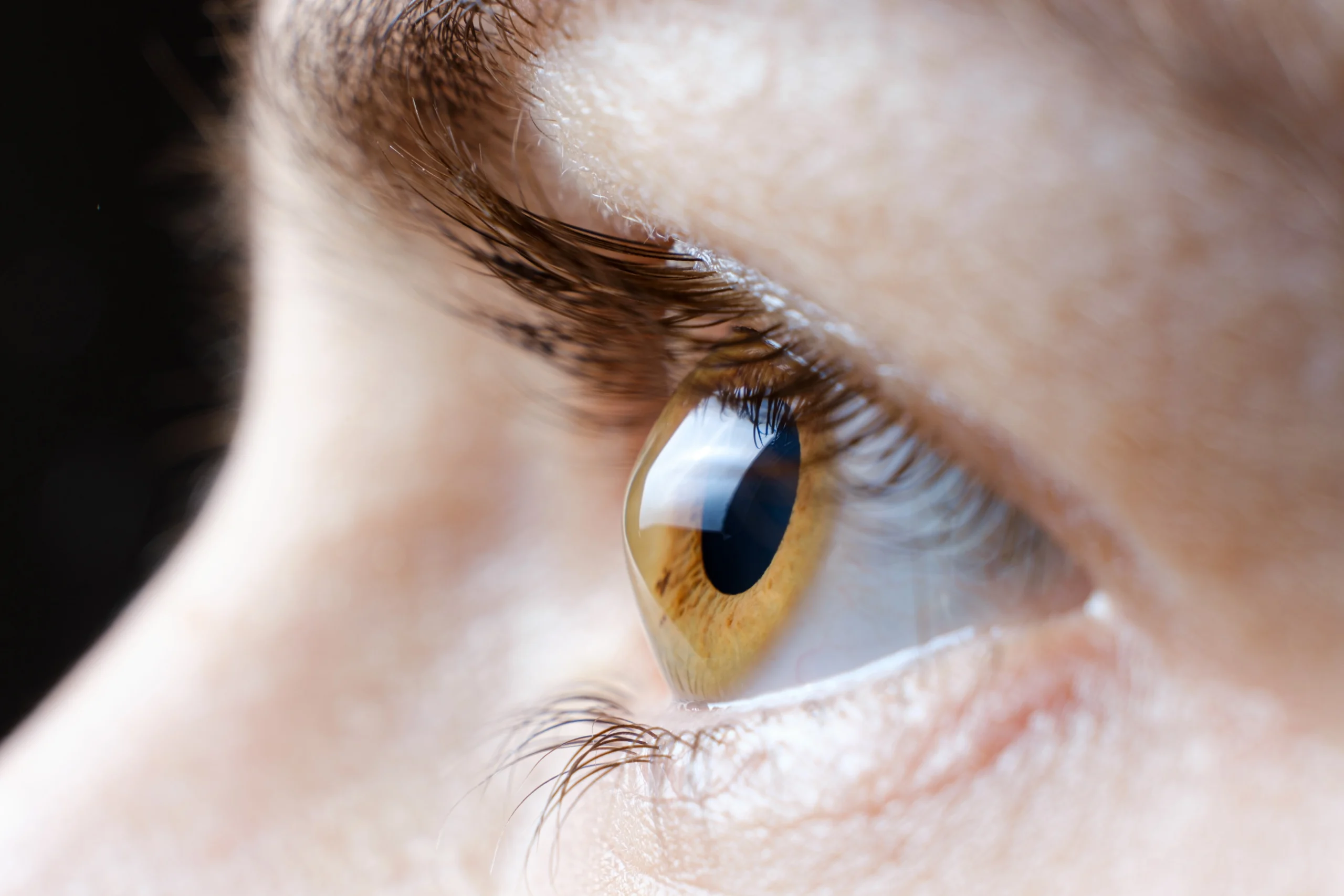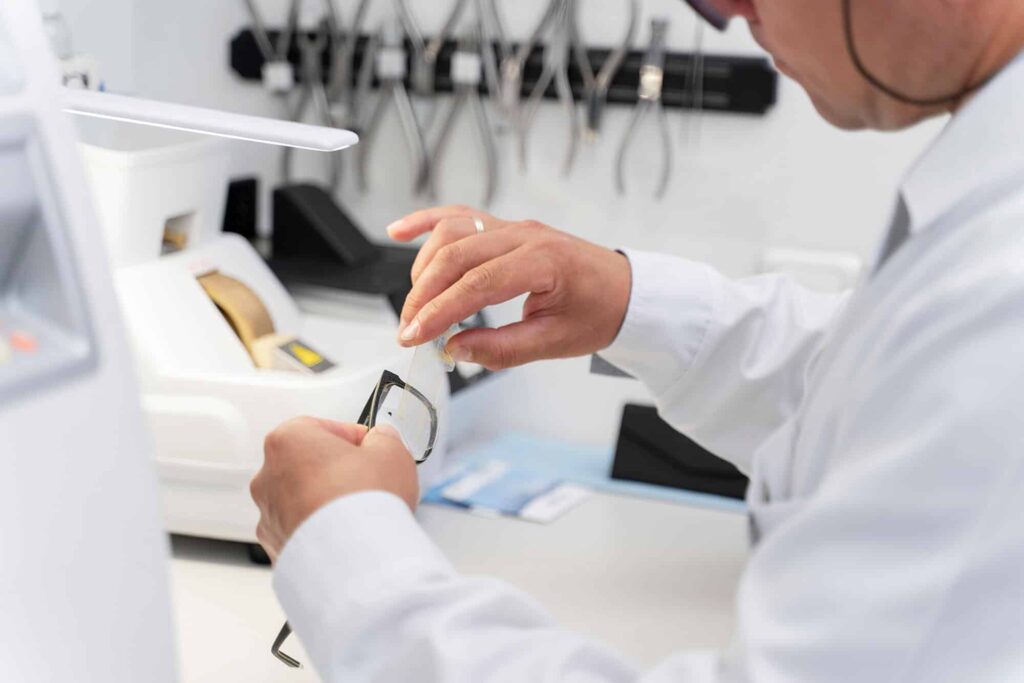
What is Keratoconus?
Keratoconus is a progressive eye disorder where the normally round cornea becomes thin and gradually bulges into a cone-like shape. This abnormal shape prevents light from focusing correctly on the retina, causing blurred, distorted vision, and increased sensitivity to light.
It typically begins in the teenage years or early adulthood and may progress over time. The exact cause is unknown, but genetic factors and frequent eye rubbing are believed to contribute.





